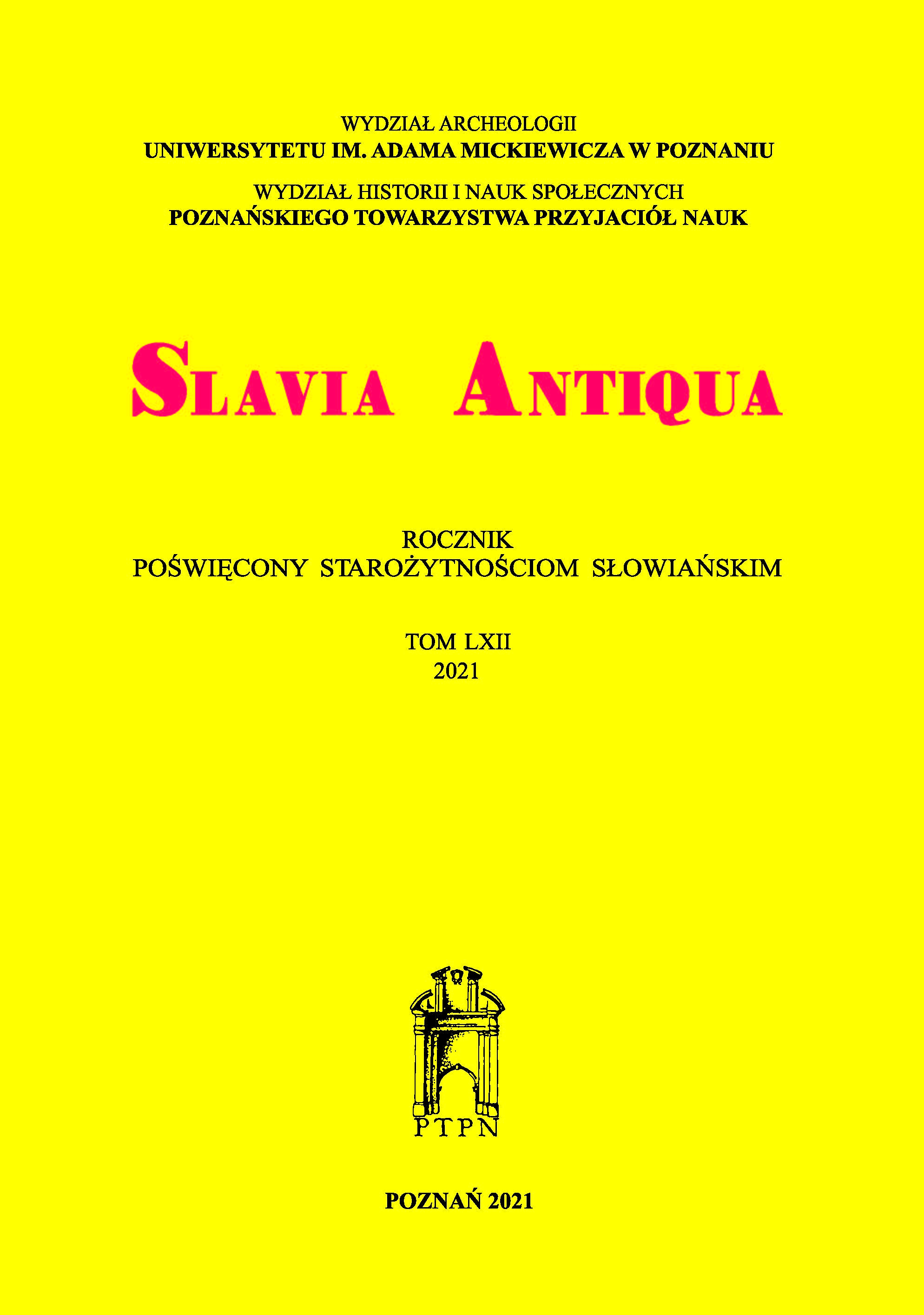NADGOPLAŃSKI GRÓD SZARLEJ I JEGO WŁAŚCICIELE W ŚREDNIOWIECZU
NADGOPLAŃSKI GRÓD SZARLEJ I JEGO WŁAŚCICIELE W ŚREDNIOWIECZU
Author(s): Dariusz Karczewski, Joanna KarczewskaSubject(s): History, 13th to 14th Centuries, 15th Century
Published by: Uniwersytet im. Adama Mickiewicza w Poznaniu
Keywords: Kuyavia; gords; Gopło; Mikołaj Szarlejski; Jan Kościelecki.
Summary/Abstract: The gord of Szarlej is located on a small peninsula on the south-western coast of Lake Szarlej at the mouth of the river Noteć. Gopło - a ribbon lake – reached that far in the late Middle Ages. The gord of Szarlej was established in the last decade of the first half of the 14th century on the initiative of Kazimierz Ziemomysłowic, a Kuyavian prince and the lord of Gniewkowo, or alternatively by his son and successor, Władysław the White. The gord in Szarlej was built following destruction of the previous ducal residence in Gniewkowo during an invasion of the Teutonic Knights in 1332. The stronghold was a favourite residence of Władysław the White, prince of Gniewkowo until 1363 when he placed a lien against it to Kazimierz the Great, king of Poland. Most probably, after 1382 another ruler of Kuyavia, prince Vladislav II of Opole, handed over the stronghold in Szarlej to the affluent Kuyavian Ostoja family. The first nobility owner of the Szarlej estate (encompassing the stronghold, the villages, Łojewo, Witowy and Karczyn), confirmed in the sources, was Mikołaj of Ściborze (†1457). He was a member of the political elite of late-medieval Kuyavia.
Journal: Slavia Antiqua. Rocznik poświęcony starożytnościom słowiańskim
- Issue Year: 62/2021
- Issue No: 1
- Page Range: 399-412
- Page Count: 14
- Language: Polish

